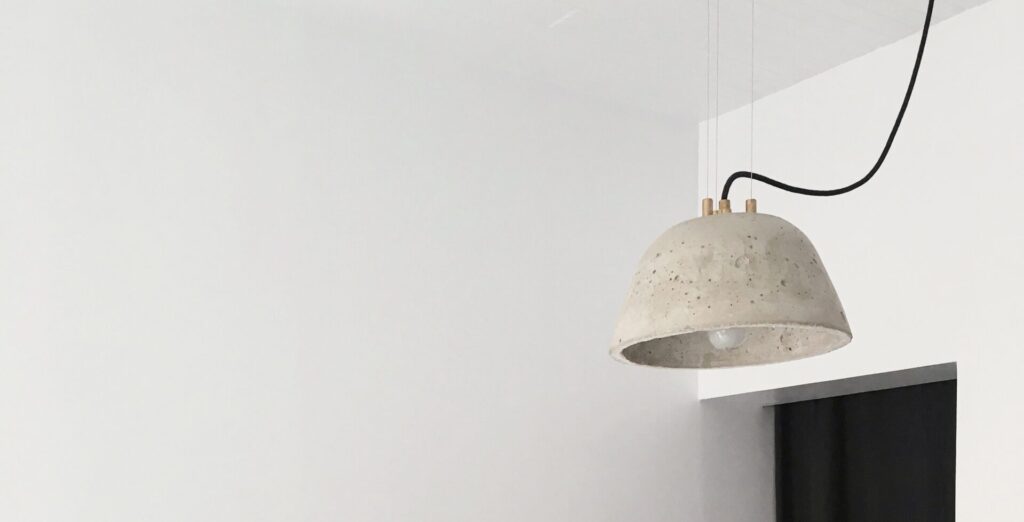In the world of interior design, the Japandi style has captivated homeowners with its harmonious blend of Japanese minimalism and Scandinavian simplicity or, in other words inspiring us with wabi-sabi and hygge. One of the key elements contributing to the balance of Japanese interiors is the careful selection and combination of colours. In this blog post, we will explore the art of creating a japandi colour palette in Japandi interiors, focusing on the effective use of neutrals and muted tones.
Where to start when selecting colours?
Neutrals as the Foundation
When it comes to Japandi interiors, neutrals take the supreme stage. Neutral colours create a soothing and calming atmosphere, allowing other design elements to take centre stage. Begin by selecting a neutral shade as the foundation of your colour palette. These japandi colours provide a blank canvas that evokes a sense of simplicity and purity, essential to the Japandi interior aesthetic.
Look for hues such as white, cream, beige, or light grey.
Wondering How to Perfect Your Japandi Colour palette?
Dive into the World of Muted Tones for Sublime Harmony.

Muted Tones for Gentle Contrast
Incorporate muted tones that complement the neutral base to add depth and visual interest to your Japandi colour palette. Muted tones are subtle variations of colours that have been r toned down. They possess a soft and understated quality that harmonises with the overall tranquillity of the Japandi style.
Consider incorporating muted shades of blue, green, or blush pink to infuse your space with a gentle touch of colour. These muted tones should be soft and earthy, reminiscent of natural elements found in the environment. For example, a muted sage green can evoke the tranquillity of a lush forest, while a muted dusty blue can reflect the calmness of a lake. These subtle pops of colour add warmth and depth to your Japandi interior without overpowering the overall aesthetic.
Looking for Ways to Infuse Accent into Your Space?
Discover the Enduring Elegance of Contrast.
Creating Balance and Contrast in your japandi colour palette
In the Japandi interior, it’s crucial to achieve a delicate balance between neutral tones and muted shades. Aim for a cohesive and harmonious blend where each colour complements and enhances the other. Consider using the 60-30-10 rule as a guideline: allocate 60% of your space to the dominant neutral colour, 30% to the muted tones, and 10% to accent colours or elements that provide a pop of contrast.
To maintain the serene and balanced atmosphere of the Japandi style, avoid using vibrant or bold colours that can disrupt the overall harmony; instead, choose muted versions of warm or cool tones, such as dusty rose, soft terracotta, or smoky lavender. These subdued hues create a sense of tranquillity and cohesion, allowing the design elements and furniture to take centre stage.
How Can Black Accents Add Depth and Magnetic Energy to Your Neutral Palette?
Black Accents: Adding Depth to Your Japandi colour palette
Japandi design: A deep dive into the fusion of Japanese and Scandinavian interiorsFurthermore, black accents or objects possess a unique ability to anchor the space. With neutral pallet and muted shades, black adds a grounding element, lending a sense of solidity and depth. It creates a harmonious interplay of light and shadow, accentuating the textures and lines within the Japandi environment. Whether it’s a matte black vase gracing a wooden shelf, a striking black-framed artwork adorning the wall, or a sleek black side table nestled with plush seating, these black accents inject magnetic energy and assert their presence with subtility and finesse.
As with any design element, moderation is key. Black accents’ sparing and strategic use ensure they retain their impact without overwhelming the space. It’s about finding the delicate balance that brings everything together seamlessly. You achieve a symphony of balance, contrast, and visual charm by carefully integrating a black accent colour or object into your Japandi sanctuary. The black accents become the punctuation marks, enriching the narrative of your interior design while honouring the timeless elegance and tranquillity that defines the Japandi style.
Texture and Material Considerations
In addition to the colour palette, texture and material play an essential role in the Japandi style. When selecting furniture, textiles, and accessories, choose materials that enhance the natural and minimalist aesthetic. Incorporate organic textures like woven rattan, raw linen, or matte ceramics. These materials add visual interest and create a tactile experience that complements the Japandi colour palette.
For example, a light grey linen sofa paired with a wooden coffee table and a textured cream rug can create a cosy and inviting seating area. The combination of neutral tones and natural textures fosters a sense of calmness and simplicity, enhancing the Japandi design.
Lighting and Reflection in Japandi colour palette
Japandi Terrace: Incorporating natural elements and minimalist design into your backyardLighting is another crucial aspect when working with colour in the Japandi style. Look for soft, diffused lighting that creates a warm and inviting glow. Avoid harsh or direct lighting that can disrupt the serene atmosphere. Use sheer curtains or minimalist window treatments to incorporate natural light as much as possible.
Reflective surfaces can also play a role in enhancing the colour palette. Mirrors or glass elements can bounce light around the space, amplifying the soft hues and creating an illusion of spaciousness.
Creating a colour palette in Japandi style is all about embracing simplicity, balance, and harmony. Neutrals serve as the foundation, providing a serene background, while muted tones add depth and subtle contrast. By carefully selecting and combining these colours, natural textures and appropriate lighting, you can achieve a Japandi interior that exudes tranquillity and timeless minimalism.
Remember, the beauty of the Japandi interior lies in its understated and minimalist approach, allowing the colours to work together to create a serene and inviting atmosphere. So, take your time, experiment with different combinations, and trust your instincts to curate a colour palette that reflects your style and embraces Japandi design’s essence.

